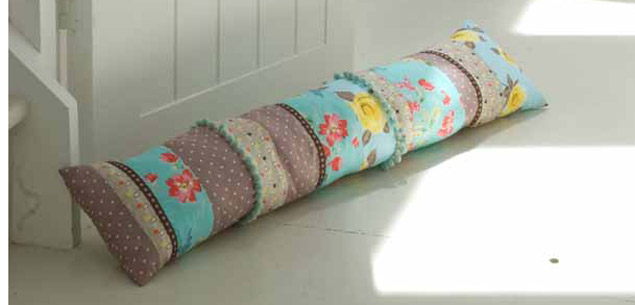If your household starts sniffing and coughing at this time of year and doesn’t stop again until the weather starts to get warmer, you may want to consider whether your living conditions are contributing to their health woes.
Many New Zealand houses are not just cold but damp in winter. Dampness encourages the growth of mould and mildew, which can lead to health problems such as asthma and other respiratory illnesses.
Signs your house could have a mould problem include:
Black spots or patches on walls and ceilings. You may also notice water marks
A musty smell
Clothes in wardrobes or drawers that have mould or mildew on them
Rot developing in wood in your house.
Prevent mould growing by tackling dampness. Some ways of doing this can be expensive ie insulating the house, putting in an HRV system, replacing ill-fitting windows or using a dehumidifier, but are usually worth it in the long run.
But the strategies below can make a difference to levels of dampness in your house and don’t cost huge amounts.
Get rid of your gas heater unless it has a flue going to the outside. Gas heaters produce lots of moisture and contribute to a build-up of condensation
Don’t dry wet clothes inside. If this is unavoidable, put the clothes rack in a room with the windows open and shut the door to the rest of the house
Wipe condensation off windows in the morning
Ensure your kitchen, bathroom and laundry are well-ventilated with either exhaust fans or by leaving windows open (with security locks). Even if it is cold, opening windows throughout the house for a short time will let moisture out and air circulate
Leave your wardrobe doors open to allow air to flow around your clothes
Don’t put furniture hard up against external walls – it stops air flowing around it and can lead to a build-up of mould
If you can get under your house, lay a sheet of polythene there to prevent moisture rising into the house
Check that your roof or gutters aren’t leaking.
You may be eligible for free insulation where you live – even if you are a tenant and not the home owner – via the Warm UP New Zealand: Healthy Homes programme.
Criteria includes having a Community Services Card, having people living in the house who have health problems associated with cold, damp housing, such as a respiratory condition, or being under 17 or over 65. The house needs to have been built before 2000 to qualify.
See energywise.govt.nz for more information or call the Energy Efficiency and Conservation Authority on 0800 749 782. Some local councils also have loan schemes to help ratepayers get their homes insulated.


